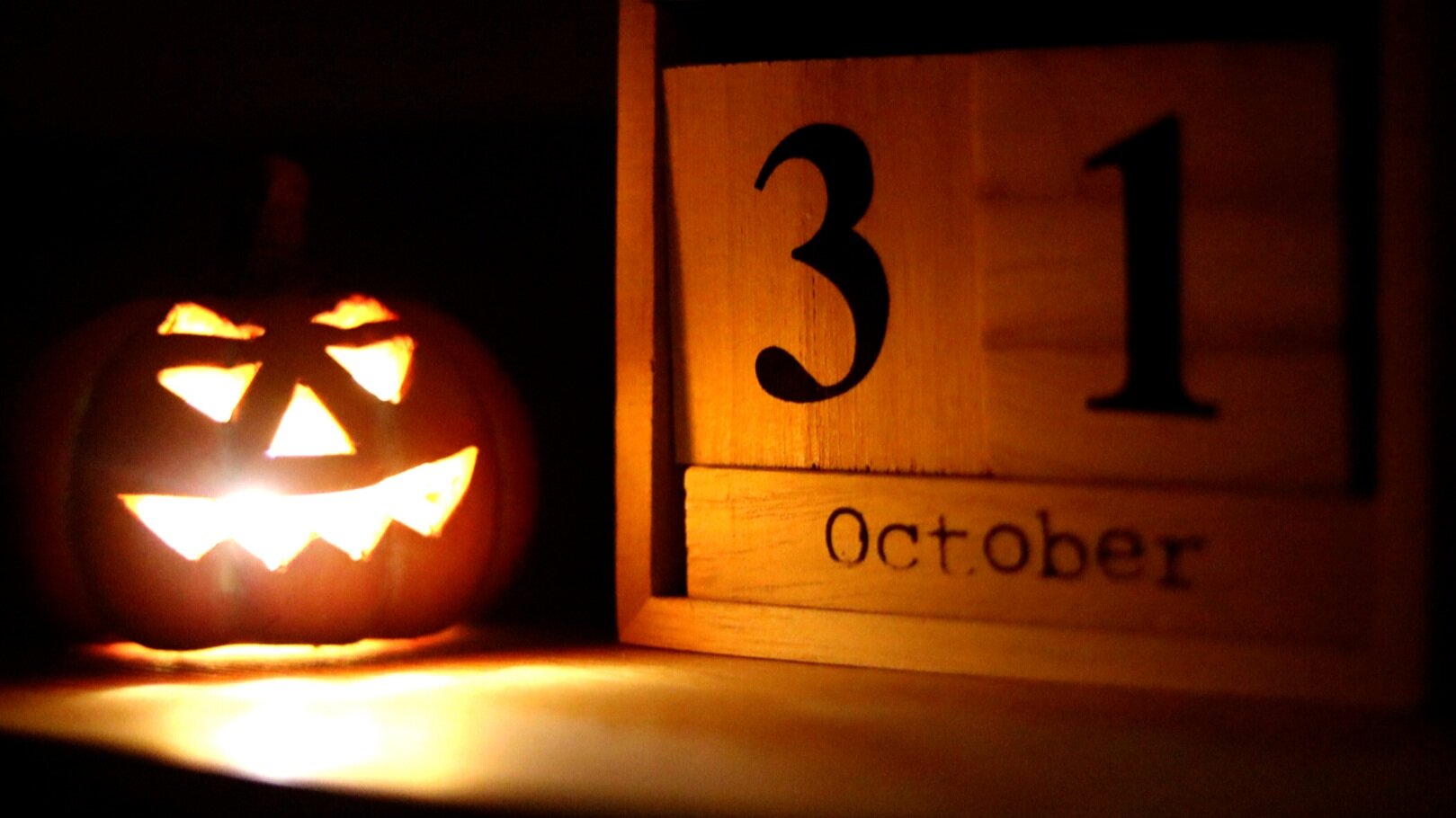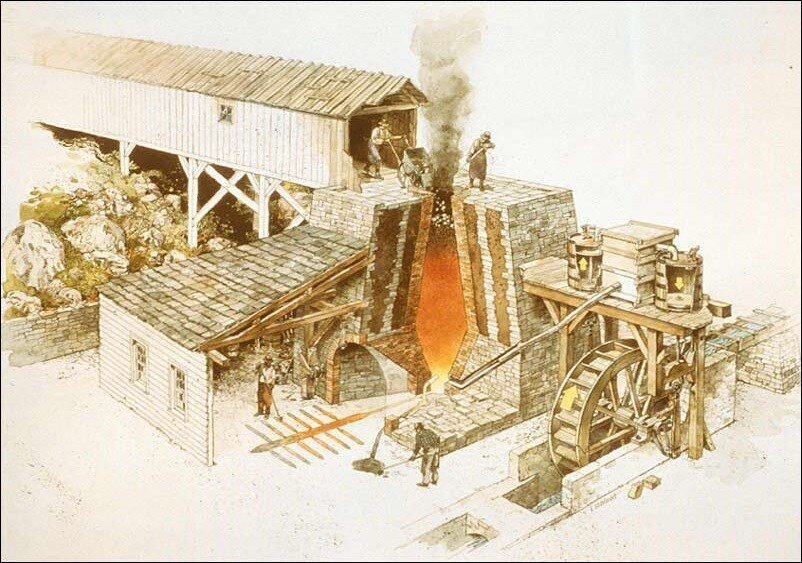As the Ligonier Valley Historical Society, it’s our duty to share the history of our area. In our new blog series, If Ligonier Valley Could Talk, we’ll explore the histories of faded newspaper clippings and oral histories passed down from generation to generation in Ligonier Valley. Our next stop is the town of Ligonier, a jewel in the Ligonier Valley.
The winds of war were blowing in the mid-18th century as two great forces from Europe vied for possession of what is now western Pennsylvania. Both France and Great Britain understood that whoever controlled the Ohio Valley controlled all the resources of the Mississippi Basin. As settlers moved west in increasing numbers, few could have guessed the role the Ligonier Valley would come to play in determining the course of our nation’s history.[1]
Fort Ligonier
During the French and Indian War in 1758, General John Forbes ordered the construction of a new road over the Allegheny Mountains to transport soldiers and supplies to present-day Pittsburgh on a mission to capture Fort Duquesne. The road became known as Forbes Road. In September of that same year, Fort Ligonier, named after Sir John Ligonier (commander in chief in Great Britain), was built at Loyalhanna. The fort served as a place for supplies and to prepare the British-American Army for an attack on Fort Duquesne. On October 12, the British successfully defeated the French at the Battle of Fort Ligonier.
Turnpike Influence
From the French and Indian War until the 1790s, what is now Ligonier saw very little, if any, settlement. The poor quality of the State Road, which roughly followed the Forbes Road, political instability, and the threat of Indian attack discouraged settlement. Even after the 1790s, few people called Ligonier home until the completion of the Philadelphia-Pittsburgh Turnpike in 1817.
At the completion of the turnpike, Colonel John Ramsey put up for sale plots of land near the site of Fort Ligonier. He wanted to call it Wellington, but most people referred to it as Ramseytown. The name was officially changed to Ligonier when it was incorporated as a borough in 1834.
The Turnpike brought slow and steady growth to Ligonier. Blacksmiths, wagonwrights, shopkeepers, livery stables, and taverns lined the Turnpike along what is Main Street today. Despite this development, Ligonier was not considered a destination. Most of the people in town were transients–teamsters, drovers, peddlers and migrant settlers.
John Ramsey also established the public square, now referred to as the Diamond. He required those that purchased lots build two-story brick buildings within seven years or pay a fine. While the Diamond today is seen as a decorative feature and community gathering space, it originally served as a “parking lot” for the horses and wagons traveling along the turnpike. The Diamond remained as such until 1894 when Ligonier joined the City Beautiful Movement. At that point, the Diamond was transformed into a public park with lamps, sidewalks, landscaping and a bandstand.
Transition Period
Ligonier continued to be a popular spot along the Turnpike until the mid-1800s when the Pennsylvania Railroad was built and bypassed Ligonier. Ligonier’s population began to drop. However, when the Ligonier Valley Railroad (LVRR) was completed in 1871, the town became a shipping center for lumber, wood products and stone. In becoming commercially significant yet again, Ligonier’s population doubled between 1870 and 1880.
In the midst of the transition from the turnpike to the railroad, Ligonier established itself as a summer resort for Pittsburghers. Once the LVRR was completed, Ligonier became even more popular, especially with the addition of Idlewild, a summer campground that eventually developed into the amusement park we know today.
In the early nineteenth century, Ligonier and Laughlintown—the neighboring town three miles to the east—were similar in population and purpose. At the end of the Turnpike Era, however, the development of the two towns diverged. Ligonier continued to grow because of its location on the Loyalhanna, the active promotion of an organized town and the establishment of the Ligonier Valley Railroad. Laughlintown, on the other hand, was bypassed by the railroad, and its population began to decline. Although Laughlintown was incorporated before Ligonier, the latter has become the dominant town in the valley.
The Future
Today, Ligonier, while preserving its small-town charm, is a popular summer destination for many. Outdoor attractions, local history and heritage organizations, shopping, and Idlewild Amusement Park help make Ligonier a thriving community. Fort Ligonier Days—a three-day event that features historic battle reenactments, top-rated juried crafts, delicious foods, delightful musical entertainment, and a grand parade—help to bring more than 100,000 people to our community every year. With so much happening in this small community, what will you choose to do next?
Additional Readings
[1] Shirey, Sally. Images of America: Ligonier Valley. Charleston: Arcadia Publishing, 2001.
[2] https://www.compassinn.org/history-of-ligonier
[4] https://www.ligonier.com/history-of-ligonier/










![Samhain offering to the spirits. Photo from History.com. [10]](https://images.squarespace-cdn.com/content/v1/5e07990f5096316889ae357c/1633447883129-CLPZK4PWLP48NP4GA4DO/day-of-the-dead-dia-de-los-muertos-620187692.jpeg)
![All Saints Day, a shift from offerings to prayer. Photo from AmericanMagazine [11]](https://images.squarespace-cdn.com/content/v1/5e07990f5096316889ae357c/1633449601746-R3G3DS80414MXI21KBE2/iStock-153151051.jpg)




![Burying wood to prevent oxygen from reaching the burn [7]](https://images.squarespace-cdn.com/content/v1/5e07990f5096316889ae357c/1630605076003-6K0TC7FMQGT3U7XLN64Z/03b_national_archive_1942_419979_a.jpeg)









